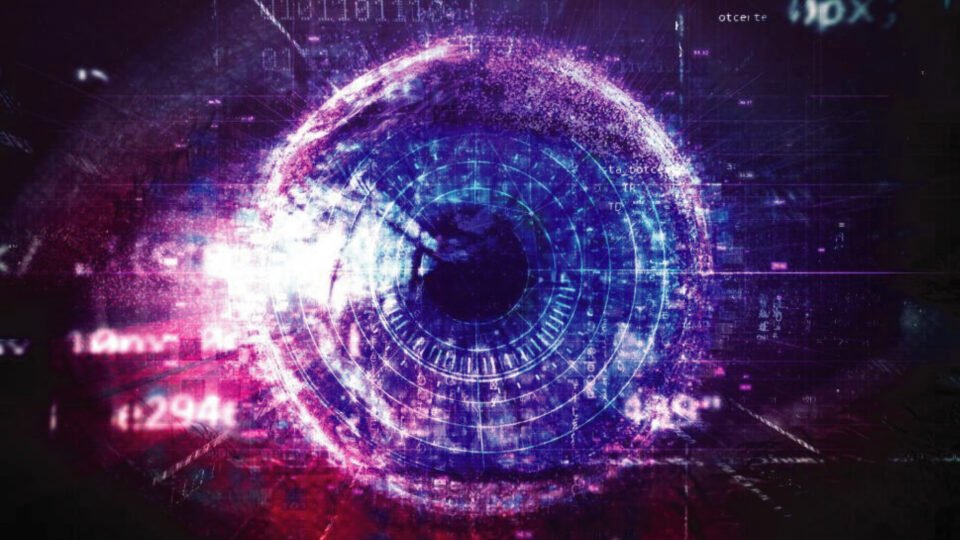From self-driving cars to facial recognition—discover how deep learning powers modern computer vision breakthroughs.
Computer vision, the capacity of machines to read and comprehend visual information from their environments, has come a long way in recent years, thanks mainly to developments in deep learning algorithms. Machines are now able to read and process images and videos more than ever before with the help of deep learning, promising many real-world applications.
For instance, object detection algorithms that are based on deep learning have been employed in autonomous cars to detect pedestrians and other cars on the road, whereas facial recognition algorithms have been utilized in security systems to facilitate biometric verification.
Additionally, image classification based on deep learning has been applied in medicine to detect diseases and detect abnormalities in medical images. With such examples and so many more, it is apparent that computer vision is being revolutionized by deep learning and has enabled machines to carry out more complex tasks than before, and in some instances, equaling or even exceeding human performance.
Table of Contents:1. Object Detection
2. Image Classification
3. Facial Recognition
4. Semantic Segmentation
5. Generative Models
Wrapping Up
Before we dive into the application, let’s go through these brief pointers that emphasize the requirement for deep learning-based computer vision applications.
- Conventional computer vision methods were plagued by the complexity and variability of real-world visual data.
- Deep learning methods can learn automatically complex features and patterns from visual data and allow machines to execute complex tasks, such as humans.
- The sudden surge in visual data over the past few years, driven by the growing usage of social media and the availability of cameras and sensors, has necessitated effective and precise methods to process and analyze visual data.
- Deep learning-based computer vision applications have provided answers to these challenges, allowing machines to analyze, process, and interpret visual data like never before.
- Tasks such as object detection, image classification, facial recognition, semantic segmentation, and generative models have several practical applications across healthcare, security, and entertainment.
- As the techniques of deep learning continue to evolve, there will be more thrilling developments in the area of computer vision in the coming years.
Now let us dive into some of the most intriguing deep-learning use cases for computer vision and see how they have transformed the machine-world interaction.
1. Object Detection
The method of object detection in computer vision utilizes deep learning to identify and locate objects in pictures and sequences of video. Applications include self-driving cars, which depend on it to analyze the streets live to detect pedestrians, cyclists, and other cars. Some object detection algorithms are YOLO and SSD, and even Faster R-CNN, which have accomplished excellent results in some benchmarks.
2. Image Classification
The image classification process is the process of recognizing and ordering images in the given categories. It finds application in many segments and is very important in healthcare, where it helps identify abnormalities on medical images. Deep learning models VGG, Inception, and ResNet have shown an outstanding performance inthe image classification task, especially on benchmark datasets such as ImageNet.
3. Facial Recognition
Facial recognition employs the force of deep learning to recognize an individual from another based on visual information from pictures and videos. It finds widespread application in security surveillance systems to further make biometric authentication more secure. Many of the most renowned facial recognition algorithms (DeepFace, FaceNet, and others) have always ranked highly in numerous benchmarking tests.
4. Semantic Segmentation
Semantic segmentation is the name of the technique that uses deep learning for labeling each pixel of an image with its content. It is applied in self-driving cars, which helps with recognizing the signs of the road and lane markings. Pearls of the state-of-the-art algorithms in terms of semantic segmentation performance on various datasets are known as Fully Convolutional Networks (FCN), SegNet, and U-Net.
5. Generative Models
Generative models use deep learning to generate new images or videos from an initial point. Generative models are used in the creation of arts, design, and entertainment to produce convincing images and videos for different applications. There have been distinguished generative models, such as GANs and VAEs, which have shown excellent accuracy in composing realistic pictures and videos.
Wrapping Up
Recent advancements in deep learning have enabled computer vision to become more flexible, for computers to perform complex tasks with a high degree of success. The tasks of deep learning in the area of computer vision go well beyond object detection, image classification, and face recognition, since semantic segmentation and generative models also play an important role in the broad range of real applications (e.g., health care, security, entertainment) of deep learning. At the depths of deep learning, we have expectations of a tsunami of innovative breakthroughs that will move the field of computer vision significantly.
Visit AITechPark for cutting-edge Tech Trends around AI, ML, Cybersecurity, along with AITech News, and timely updates from industry professionals!

